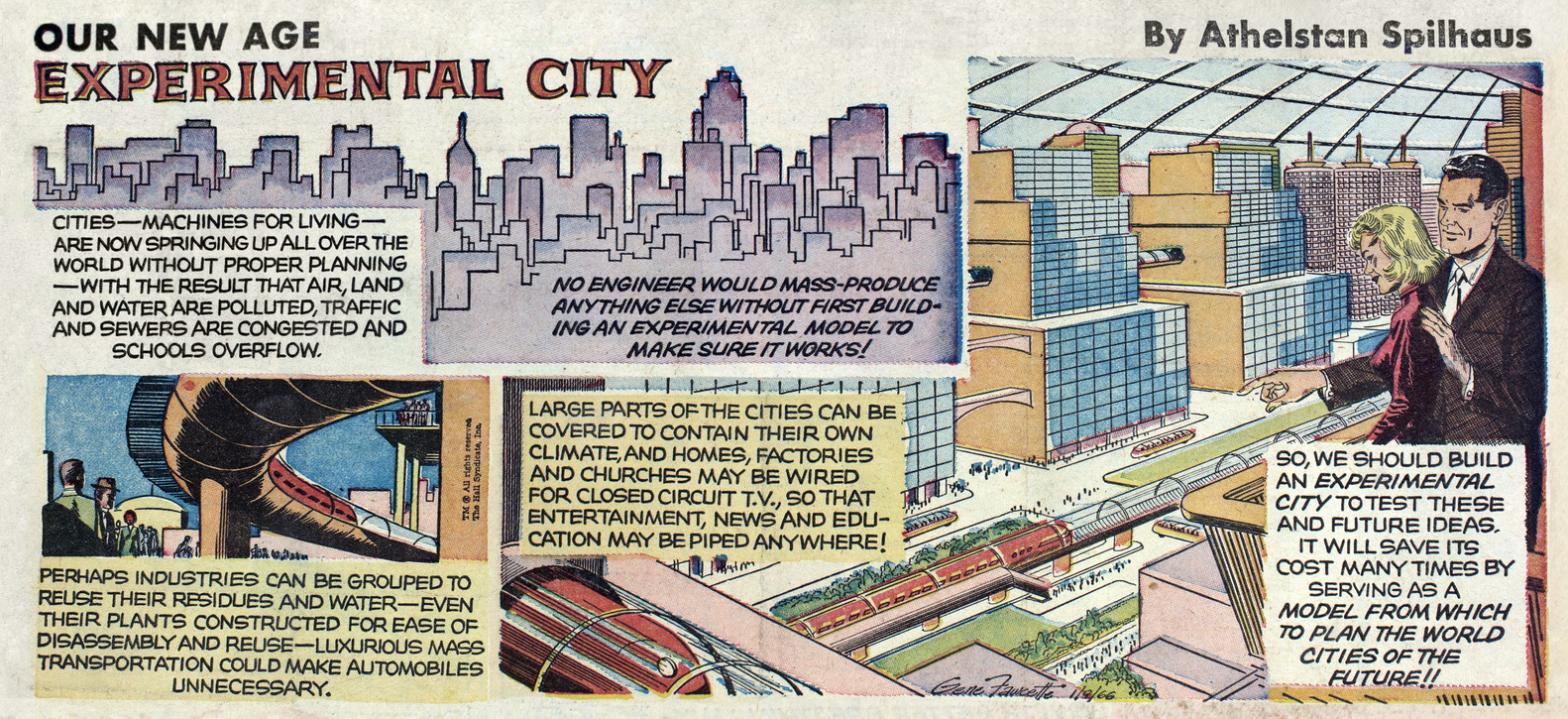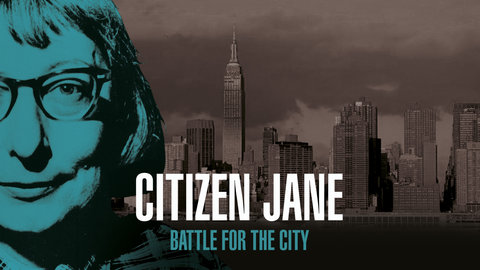A condensed version of this article appears on The Atlantic’s CityLab
At the close of the 1960s, as the optimism of America’s Post-War economic growth seemed to be fading and the promise of the civil rights movement was giving way to the Nixon-era “law and order” retrenchment, as Johnson’s War on Poverty was being replaced by a new, harsher war on the poor, use of the term “inner city” was peaking as a catch-all phrase to capture the sorrow, the anger, and the blame popularly associated with urban poverty. These two short, common words combined in the mouths of the nation — from a whisper to a scream — to evoke a world of associations, realities, myths, fears, and outrages: crime, drugs, blighted neighborhoods, bad schools, pollution, slum housing, chronic unemployment, and forgotten people, nearly always Black.
Use of the other common shorthand term, “ghetto,” follows an almost identical trajectory. In the years following, residents and activists have pushed back on these terms, calling out their coded racism, and liberal-minded usage panels have increasingly rejected them as a shorthand for urban poverty. (The President apparently missed — or disregarded — this memo.)
But back then, in the shadow of riots and rebellions in Chicago, Watts, Newark, Detroit, Washington DC, Baltimore, Kansas City, and dozens of other cities across America, in the wake of failed or frustrated anti-poverty programs and a growing sense of hopelessness of all sides of “the problem we all live with,” the poet Eve Merriam recruited these two little words in the title of her inspired little book of verse, The Inner City Mother Goose.
Unassuming at first — a slim, square volume, easily mistaken for any other collection of light children’s verse — the book quickly declared itself a force to be reckoned with. In the six short lines of the first poem, Merriam simultaneously issued an invitation for an audience and fired a warning shot across the bow of an all-too-complacent nation:
Boys and girls come out to play,
The moon doth shine as bright as day.
Leave your supper and leave your sleep,
And join your playfellows in the street.
Come with a whoop and come with a call:
Up, motherfuckers, against the wall.
Thus, from the outset, through that one direct, brutal profanity — incidentally, the only actual swear in the entire book — it was clear that this was a different sort of Mother Goose. From here the book proceeds relentlessly, 65 verses in all, pulling no punches as Merriam takes the reader on a street-level tour of real life in the city, an unromantic “Who Are the People in Your Neighborhood?” that includes the dope pusher, the mugger, the slumlord, the junkie, the uncaring and ineffective public school teacher, the trapped latchkey kid, and more.
Continue reading “Remembering “The Inner City Mother Goose””







